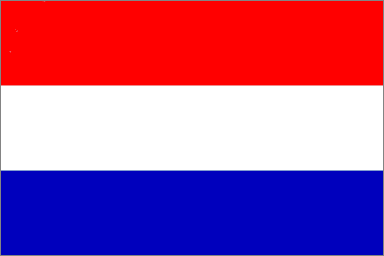Bannate of Croatia (1939 - 1941)



Coat-of-Arms Flag
After the People's Committee (Narodno vijeće) declared that State of Slovenes, Croats and Serbs is joining the Kingdom of Serbia November 27, 1918 and when it was realised on December 1, 1918, Croatian national symbols were just tolerated. They were at that time seen as symbols of Croatian nation, not as of any statehood. That is why Slavonian and Dalmatian arms were not represented anywhere. According to the Constitution of Kingdom of Serbs, Croats and Slovenes, adopted July 28, 1921, coat-of-arms of Croats was described as shield of 5 x 5 square fields of red and white colours and it was placed in the newly formed country's coat-of-arms, together with Serb and (kind of) Slovene coat-of-arms. Later, when king Alexander proclaimed dictatorship and Yugoslavia on January 6, 1929, all national symbols were banned and Croats, Slovenes and Serbs were described just as three branches of one newly proclaimed Yugoslav nation. After the assassination of king Alexander in Marseille October 9, 1934, circumstances gradually lead towards the Agreement signed in August 26, 1939 between Maček, leader of in that time strongest Croat party - Croatian Peasants' Party (HSS) and Cvetković, Yugoslav prime minister. It brought to Croats creation of Bannate of Croatia (Banovina Hrvatska) with wide autonomy. From this time, until April 10, 1941, Bannate of Croatia has its flag and coat-of-arms. Flag was simple tricolour red-white-blue, and arms were shield of chequered pattern with twenty-five alternating red and silver fields. The same coat-of-arms was again official Croatian emblem from July 25, 1990 to December 21 1990. Although it was seen in many variations, exact ratio of that flag is probably equal as at that time of Yugoslav flag, so it was 2:3, although it was seen in many variations.
|